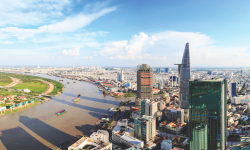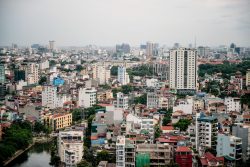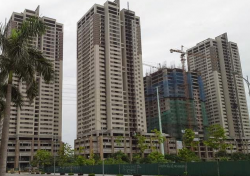A sharp increase in foreign arrivals to Vietnam at the start of 2017 has injected a huge development impetus into the coastal resort sector, and there have also been a raft of investments, mergers and acquisitions in other real estate sectors. Vietnam’s largest property consultancy firm Savills recently released a report on the investment and transfer of real estate projects that have taken place so far this year.
One of the stand out transactions was made by CapitaLand Group with the purchase of a 0.6-hectare (1.5-acre) piece of commercial land in downtown Ho Chi Minh City to build Vietnam’s first A-class international complex. The project will receive more disbursement from a $500-million investment fund committed by Singaporean developers last November. CapitaLand also announced the acquisition of a 90 percent stake in a 0.8-hectare project in Thao Dien, Ho Chi Minh City, to build over 300 apartments.
Another Singaporean developer Keppel Land has paid VND 846 billion ($37 million) to raise its share to 16 percent in the Saigon Center project in downtown Ho Chi Minh City.
Besides, in March, Hong Kong Land officially became a strategic partner of the Ho Chi Minh City Infrastructure Investment Joint Stock Company (CII) to build housing projects in the new Thu Thiem urban area.
In another popular residential area in the southern economic hub, local group An Gia and its Japanese partner Creed Group continued their takeover of five apartment blocks in La Casa project in District 7 worth some VND 910 billion (around $40 million).
In the resort sector, Malaysia’s Berjaya Land sold its 70 percent stake in a four-star resort on Phu Quoc Island to Sulyna Hospitality for $14.65 million.
According to Savills, Vietnam’s tourism sector enjoyed a great start to this year with around 3.2 million foreign arrivals in the first quarter, up 29 percent on-year.
This growth follows record numbers in 2016 when Vietnam welcomed over 10 million international tourists. The country is forecast to receive 11.5 million foreign visitors this year. This should provide the ideal conditions for further growth in the resort sector, said Savills.
Source: VNexpress



